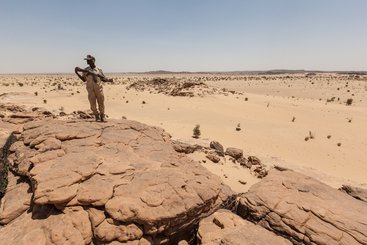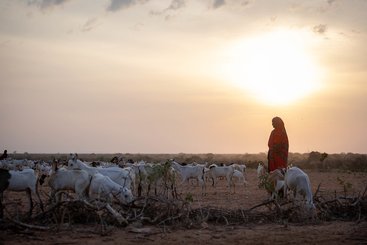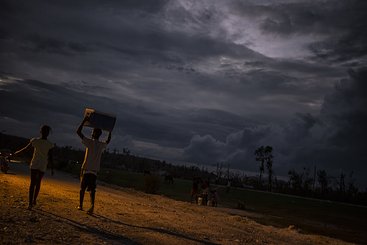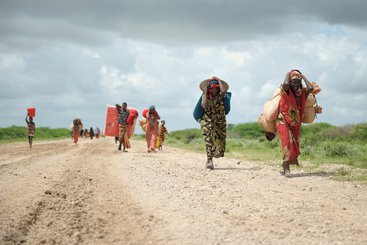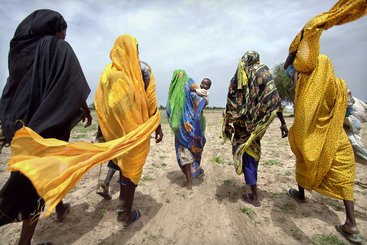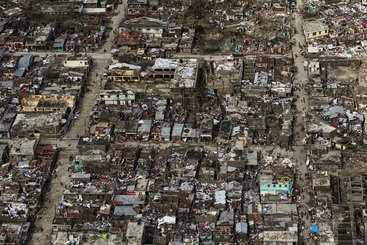ODI’s Global Risks and Resilience team works to explain the relationship between climate change, security and fragility, and to inform more accurate policies and narratives around climate and conflict.
Climate change is often described as a threat multiplier, but is this the correct framing? Our evidence review finds that there is a consensus that climate change alone does not directly cause conflict. But this consensus co-exists with narratives securitising climate change, such as a prevalent narrative that people join armed groups because of climate-induced livelihood insecurity. This is despite the fact there are a number of other reasons why individuals join armed groups that are not linked to unemployment (for example, attacks by security services). We need to understand and acknowledge the underlying structural issues related to political and socioeconomic inequality and governance, and how histories of conflict create fragility.
Yet, climate change indirectly undermines peace and stability by exacerbating factors that can ultimately lead to violence and a deterioration of national and international peace and security. At the same time, the outbreak and persistence of conflict significantly affects the adaptive capacity of individuals and communities.
The link between climate change and conflict is complex, yet very much a reality in many places around the globe. We need multilayered action to effectively address the host of inter-related issues in regions vulnerable to security and climate risks. It is important that our policies and programmes are grounded in comprehensive data analysis to generate context-specific responses.

